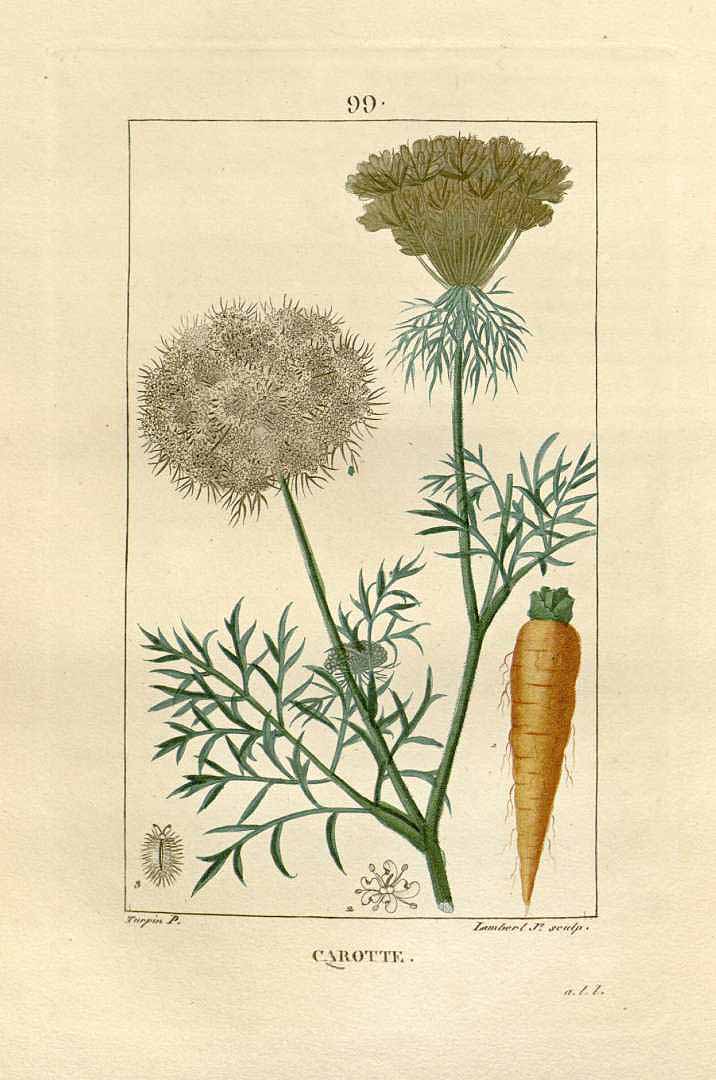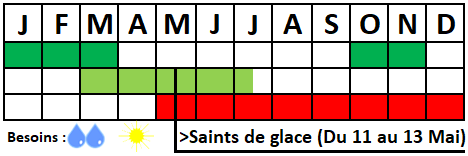! Nouveau site ici !
Vita > Plantae > Magnoliophyta > Magnoliopsida > Apiales >
Apiaceae > Daucus
Daucus carota
(Carotte)




 | ***** - ***
| ***** - ***
Vita > Plantae > Magnoliophyta > Magnoliopsida > Apiales >
Apiaceae > Daucus
Daucus carota
(Carotte)

très bonne pour beaucoup de variétés qui peuvent rester l'hiver en terre mais, de préférence, avec un bon paillage par-dessusµ<(dp*)µ
plante annuelle à bisannuelle de 20-30cms à plus de 2 mètres (en pleine floraison), bien connue pour sa longue racine pivotante orange (cuisinée de nombreuses façons) mais variant également du blanc-crêm...
→suite
⬀
Le  donne accès au menu
donne accès au menu (c'est votre point de repère) 😊 ;
En dessous vous avez la classification, à partir de la vie (Vita, premier rang) jusqu'à la classe au dessus de la plante, dont vous trouvez ensuite le nom scientifique/botanique (latin) puis le nom commun (français), le cas échéant ;
C'est aussi un lien vers la fiche complète (tout comme la ✖, en bas à droite, et le +, en dessous de la description) ;
Vient alors l'illustration (ou ce qui la remplace, en attendant), la comestibilité :
Et en bas
⬂










